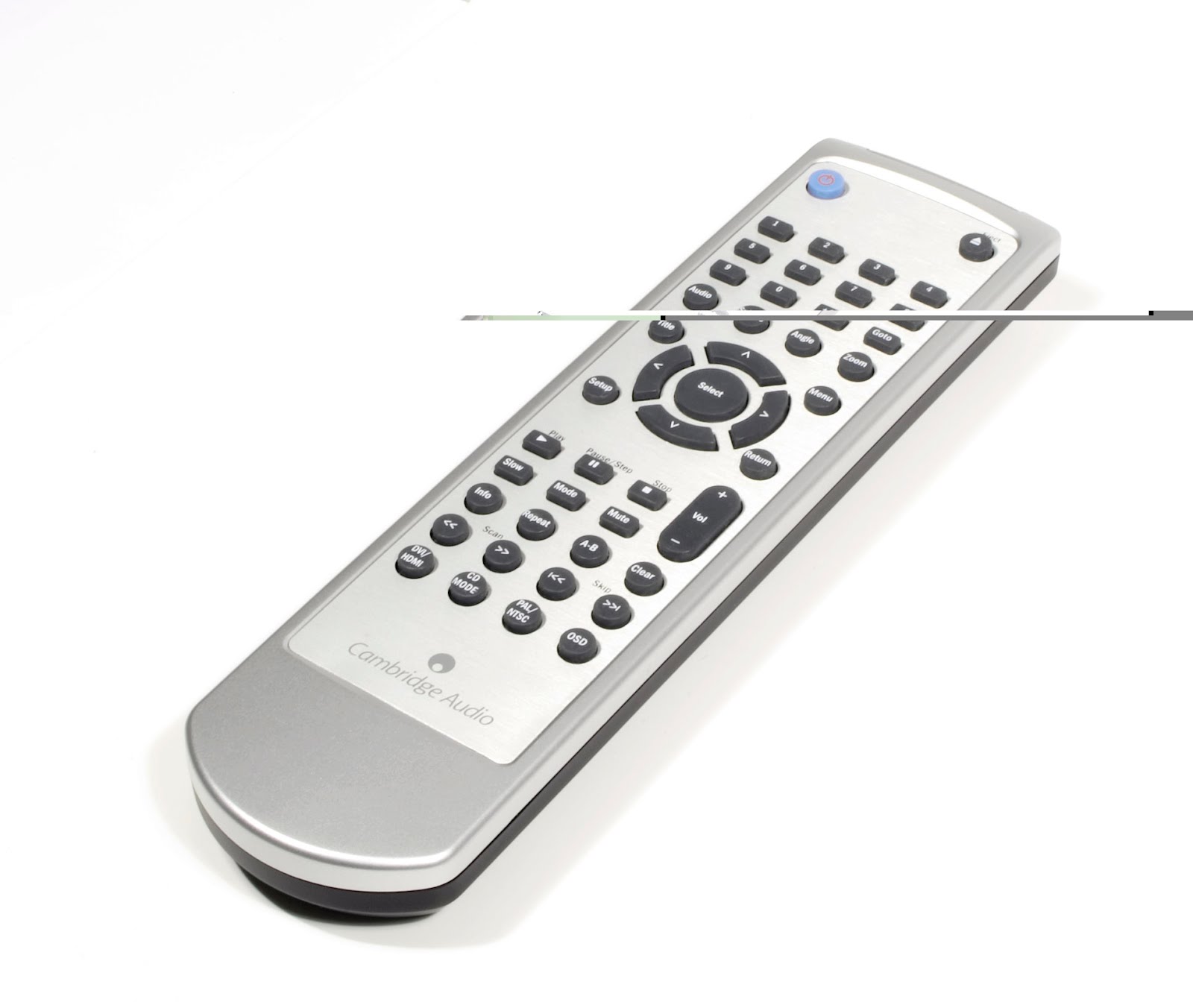
If using multiple flash units (to light the dance floor, for instance), some type of remote triggering device will be needed to sync all the flashes at the instant of exposure. There are a variety of these devices available. Light actuated slaves are sensitive to the light of a flash unit being fired and fire the flash they are attached to at the same instant they sense a flash going off. Unfortunately, this can be your flash or someone else’ real drawback to this type of remote flash trigger.
Infrared remote flash triggers are more reliable. Since many monolight type flash units come equipped with an infrared sensor built in, it is a simple matter of syncing the flashes with the appropriate transmitter. A third type, the radio remote triggering device, uses a radio signal that is transmitted when you press the shutter release and then picked up by individual receivers mounted to each flash. These are
reliable, but not foolproof; a cordless microphone may trigger them accidentally.
Radio remotes transmit signals in either digital or analog form. Digital systems, like the PocketWizard, are much more reliable and are not affected by local radio signals. Some photographers will use, as part of the standard equipment, a separate transmitter for as many cameras as are being used (for instance, an assistant’s camera), as well as a separate transmitter for the handheld flashmeter, allowing the photographer to take remote flash readings from anywhere in the room.
0 comments:
Post a Comment